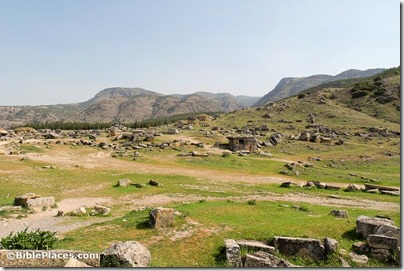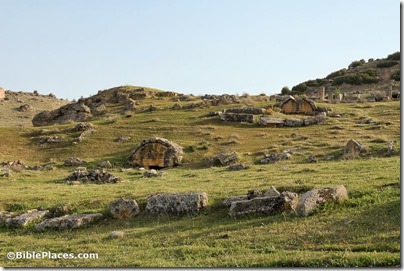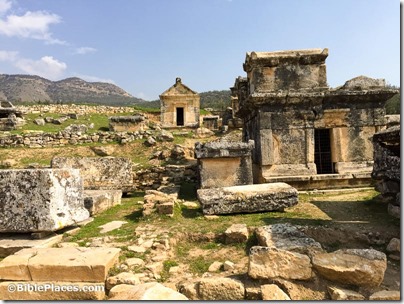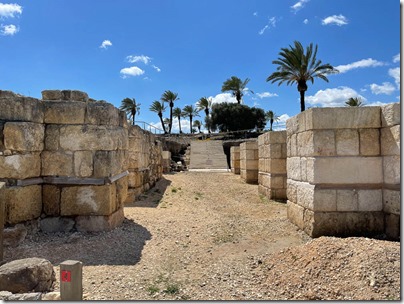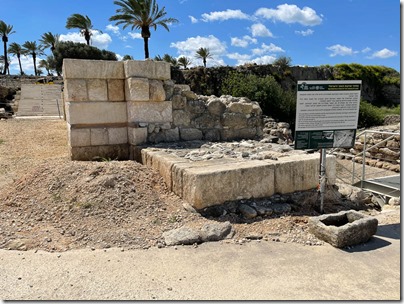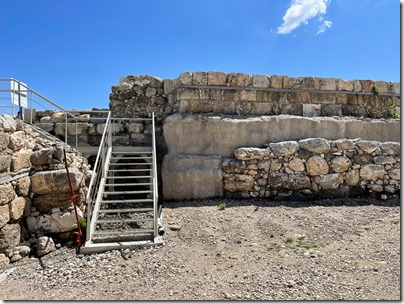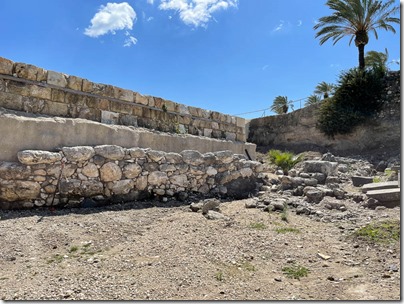Archaeologists discovered a Second Temple period quarry in northwest Jerusalem.
Regarding the recent story about the ancient Jerusalem weight which was falsely labeled to facilitate cheating, some scholars have observed that it was actually labeled correctly as an 8-gerah weight.
A secret tunnel under the slope of Mount Zion that was used by Israelis after Jordan captured the Old City in 1948 has now been opened to the public.
Israel has an “ark museum” of sorts, and Israel’s Good Name describes his visit to the Steinhardt Museum of Natural History in Tel Aviv in a well-illustrated blog post.
Dozens of installations used for the large-scale production of salt have been identified along the northern coasts of Israel.
The Ketef Hinnom silver amulets are the subject of an article in the most recent issue of Ink magazine, published by Tyndale House (pages 12-14).
Egypt is preparing to open the world’s largest open-air museum in Luxor.
“Using a leaf uncovered from the archaeological site of an ancient Egyptian temple, researchers . . . have successfully determined the ancient hybrid origin of some date palms.” The underlying journal article is here.
The National Museum of Beirut has reopened after a $175,000 restoration.
Excavations in eastern Turkey have revealed an unusual tomb belonging to an Urartian ruler who was buried with his dog, horses, cattle, and sheep.
“Out of the ashes of Pompeii, archaeologists recently pulled up a time capsule, though only the bronze hinges remained of what is being described as a ‘sorceress’ toolkit.’”
On December 6 and 13, John J. Collins will be giving a virtual lecture on “The Dead Sea Scrolls: The Light They Shed on Judaism and Christianity.” Registration is required and free.
Coming soon: Excavations in the City of David, Jerusalem (1995-2010), by Ronny Reich and Eli Shukron (Penn State University Press, 712 pages, $99.95).
This Week in the Ancient Near East wraps up the summer with a round-up episode.
The indoor model of 1st-century Jerusalem that was located at the Holy Land Experience in Orlando will be part of a new exhibit at the Ark Encounter. There’s a nice photo of the model here. And some others here.
HT: Agade, Joseph Lauer, Andy Cook, Charles Savelle, Arne Halbakken, Keith Keyser, G. M. Grena
